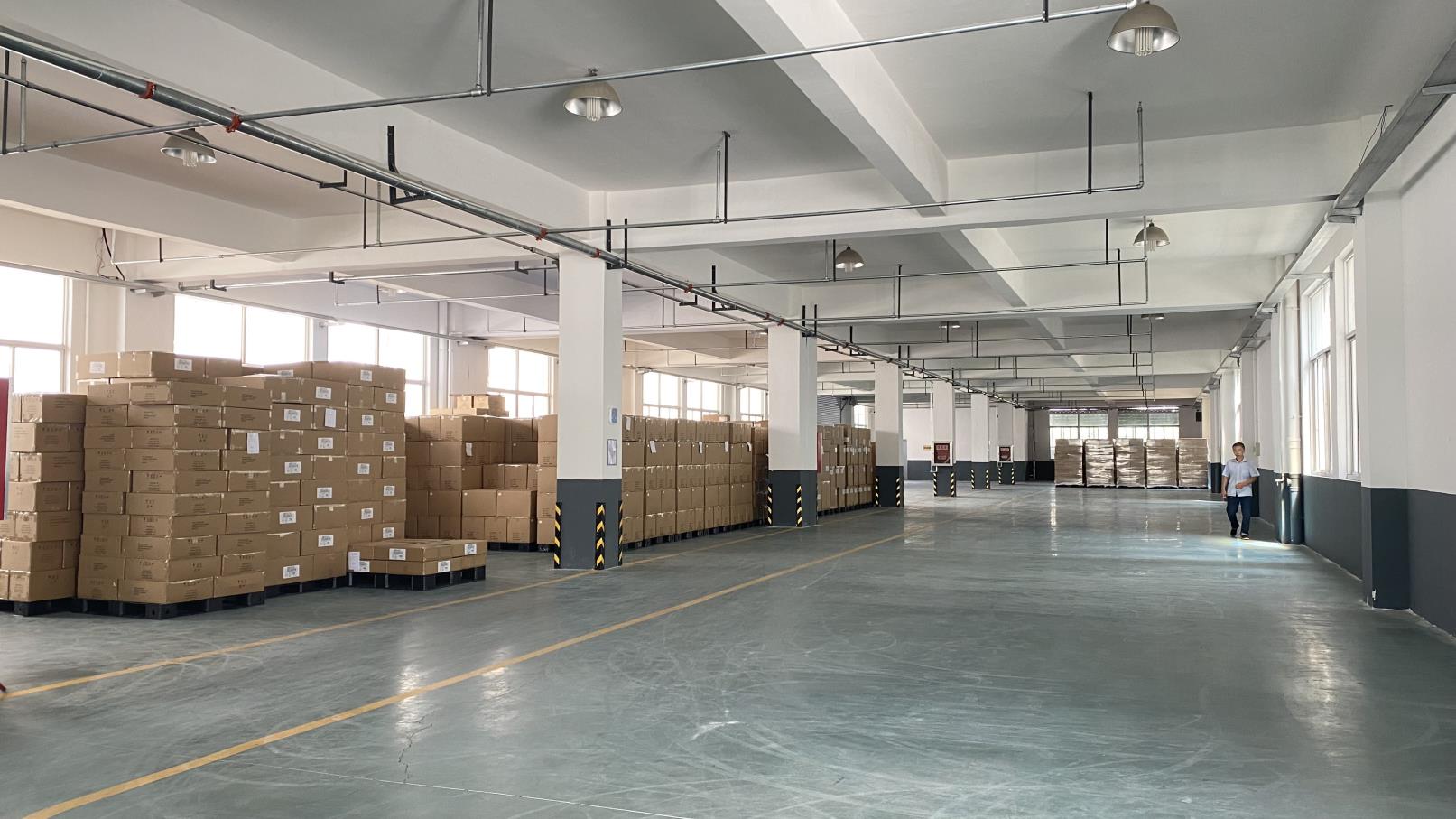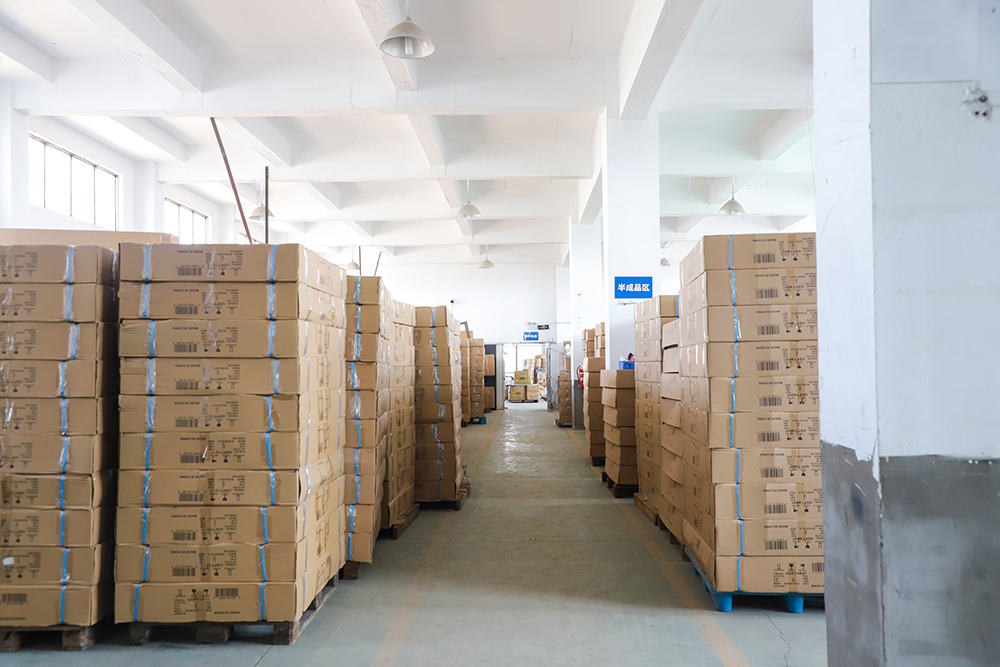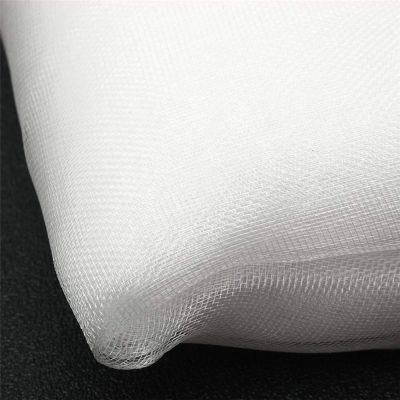
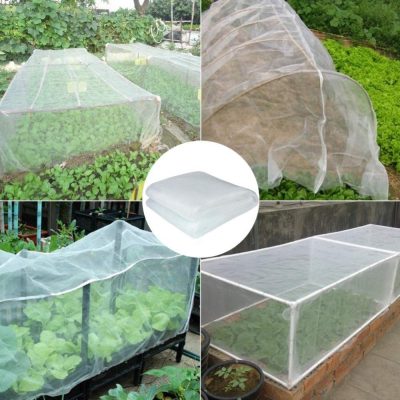
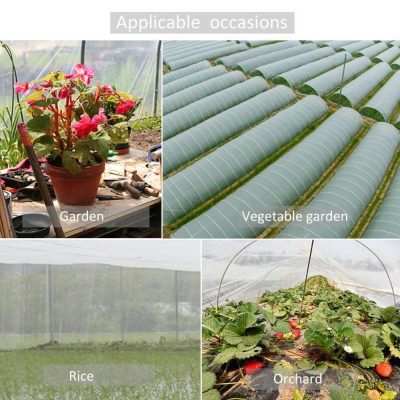
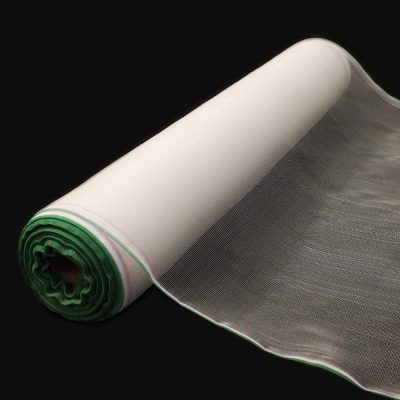
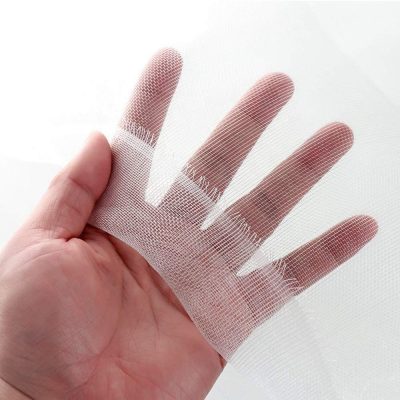
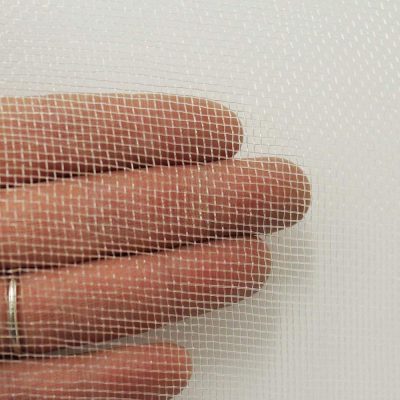
| Name: | Agriculture Net |
| Materials: | PP or PE |
| Mesh size: | 10*10mm,15*15mm,20*20mm,25*25mm or customized |
| Width: | 1-6m or customized |
| Length: | 100m,200m,300m,500m, etc. |
| Type: | extruded and strteched |
| Color: | black ,clear, green or as per customer requests |
| Using life: | 3-5 years |
| Packing: | In rolls or in pieces |
| USE: | Home,Garden,Decorative,Outdoor,Beach,Seat |
| MOQ: | 500 pcs |
Agriculture nets, also known as agricultural nets or crop protection nets, are specialized mesh materials used in farming and horticulture to protect crops from various environmental factors, pests, and diseases. These nets are designed to create a controlled growing environment, improve crop yield and quality, and reduce the need for chemical pesticides.
Here are some key features and uses of agriculture nets:
- Pest and Insect Protection: Agriculture nets act as a physical barrier against insects, birds, and other pests that can damage crops. The fine mesh of the netting prevents insects from reaching the plants and laying eggs, reducing the risk of pest infestations and crop damage. It also keeps birds and larger animals away, preventing them from feeding on the crops.
- Disease Prevention: Agriculture nets provide a protective shield against diseases and pathogens that can harm plants. They can prevent the transmission of certain plant diseases carried by insects or wind-borne pathogens. By blocking the entry of pathogens, agriculture nets help maintain a healthier and disease-free growing environment.
- Sunlight and Shade Control: Some agriculture nets are designed to modify sunlight exposure and provide shade to crops. These shade nets regulate the amount of sunlight reaching the plants, preventing excessive heat, sunburn, or damage caused by intense sunlight. They are particularly useful in regions with high temperatures or for delicate crops that require filtered light.
- Wind and Hail Protection: In areas prone to strong winds or hailstorms, agriculture nets can act as a protective barrier for crops. They reduce the impact of wind and hail, minimizing physical damage to plants and preventing losses in yield. The nets also create a microclimate that helps plants withstand adverse weather conditions.
- Microclimate Management: Agriculture nets can influence the microclimate around the crops by controlling temperature, humidity, and airflow. Certain nets have properties that regulate temperature by reflecting sunlight or reducing heat radiation. They can also help maintain optimal humidity levels by reducing moisture loss due to evaporation.
- Crop Growth Enhancement: Some agriculture nets are designed to promote better crop growth by optimizing growing conditions. For example, nets with a larger mesh size allow better air circulation, reducing the risk of fungal diseases. Additionally, nets can create a microclimate that encourages more efficient water usage and nutrient absorption by the plants.
- Crop Covering and Support: Agriculture nets can be used as covers for raised beds, tunnels, or greenhouse structures. They provide protection against extreme weather conditions, create a controlled environment, and extend the growing season. Nets can also be used as support structures for climbing plants or to guide plant growth.
Agriculture nets come in various types, including insect nets, shade nets, windbreak nets, hail nets, and anti-bird nets. The choice of net depends on the specific crop, growing conditions, and the type of protection required.
In summary, agriculture nets play a crucial role in crop protection, enhancing plant growth, and creating a controlled growing environment. They provide protection against pests, diseases, harsh weather conditions, and help improve crop yield and quality. By reducing reliance on chemical pesticides, agriculture nets promote sustainable and eco-friendly farming practices.
